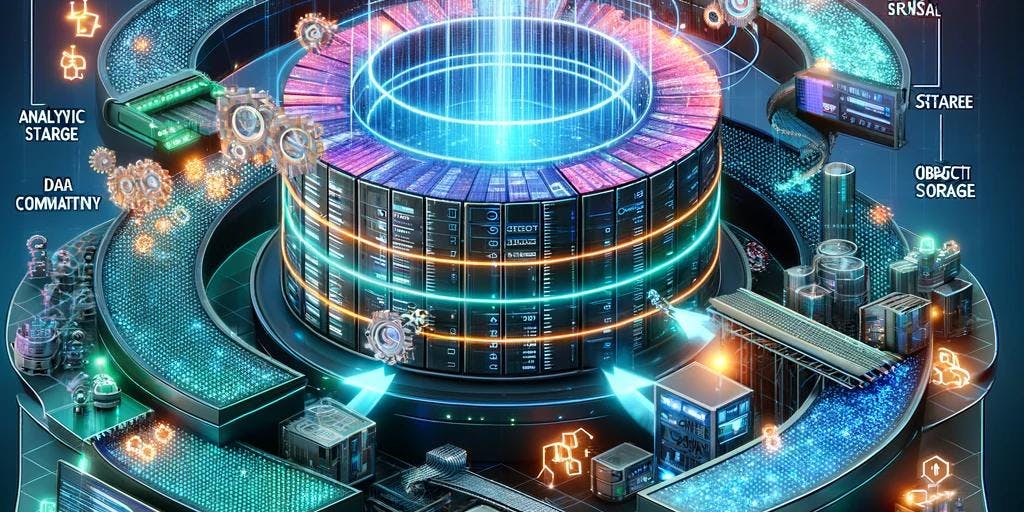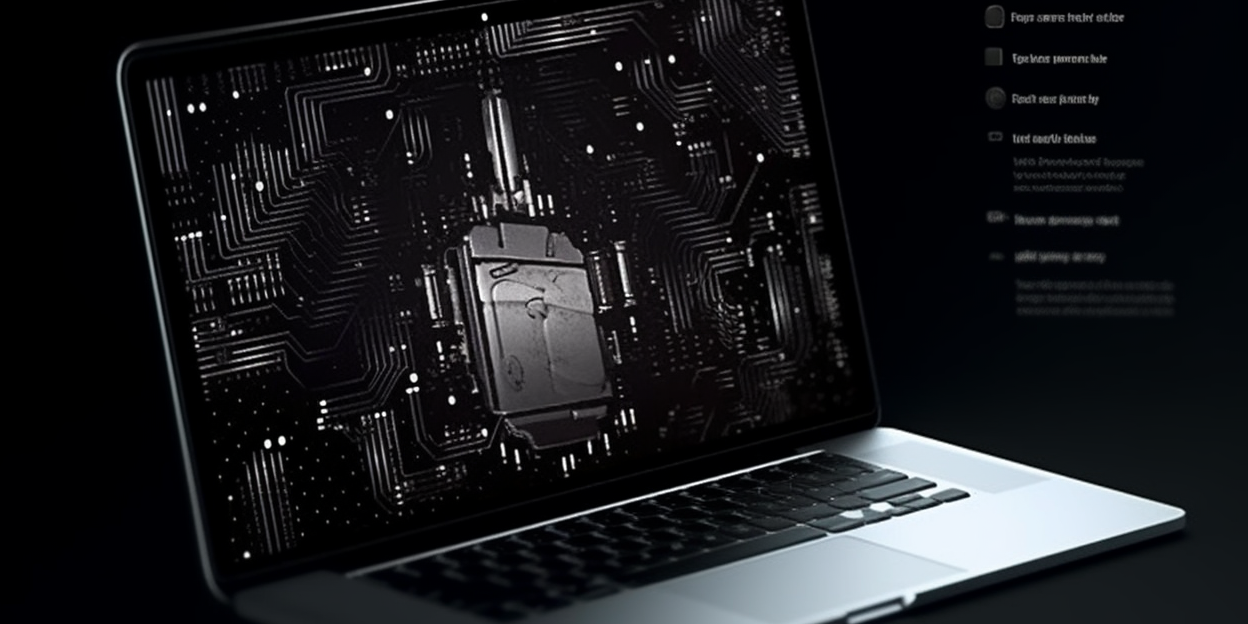Embracing the Future of Web Development with Headless CMS



Welcome to our first blog post! As we dive into the world of web development, it's essential to explore the latest trends and technologies that are shaping the industry. One such trend is the adoption of headless content management systems (CMS). In this post, we'll discuss what headless CMS is, its benefits, and how it's revolutionizing the way we manage and deliver content on the web.
What is a Headless CMS?
A headless CMS is a back-end content management system that separates the content from the presentation layer. It allows developers to manage content via APIs, enabling content delivery across multiple channels, such as websites, mobile apps, and IoT devices. This decoupled architecture provides greater flexibility and control over how content is displayed and consumed, breaking free from the traditional monolithic CMS approach.
Benefits of Using a Headless CMS:
- Flexibility: Headless CMSs give developers the freedom to choose their preferred front-end frameworks and technologies, such as React, Angular, or Vue.js. This allows for greater customization and more efficient development processes.
- Scalability: Since a headless CMS is decoupled from the front-end, it can scale independently, making it easier to handle high traffic loads and deliver content across various platforms.
- Improved Performance: By separating content from the presentation layer, a headless CMS can deliver content faster, leading to better performance and user experience.
- Omnichannel Delivery: Headless CMSs enable content to be delivered across multiple platforms and devices seamlessly, ensuring a consistent experience for users, no matter where they consume the content.
- Future-Proof: Adopting a headless CMS means your content infrastructure is better prepared for future technological advancements, as you can easily switch or update front-end frameworks without affecting the back-end content management.
Getting Started with a Headless CMS:
There are numerous headless CMS options available, both open-source and commercial. Some popular choices include:
- Sanity
- Contentful
- Strapi
- Ghost
- Prismic
To get started, choose a headless CMS that suits your requirements and budget. Then, follow the documentation and resources provided by the CMS to set up your content infrastructure, connect it to your preferred front-end framework, and begin managing your content through APIs.
Conclusion:
Embracing a headless CMS can significantly improve your web development process, offering flexibility, scalability, and performance benefits. As you embark on this journey, remember to keep exploring, learning, and experimenting with new technologies and trends to stay ahead in the ever-evolving landscape of web development. Stay tuned for more posts on web development, best practices, and emerging technologies!

